by Sampleso
Synthophone by Sampleso is a deep sampled instrument based on the classic Stylophone combined with Sampleso’s signature Kontakt engine which takes this instrument way beyond its original functionality.
This instrument was accurately sampled to behave just like the original unit, capturing each note in all three registers, including noises for the stylus tap and release, with the ability to mix and choose between MIC input and LINE input sources giving further tonal versatility.
Please note: FULL retail version of Kontakt 5.1.1 or later is required. NOT for Kontakt Player.
$9.00 $39.00
Synthophone is a deep sampled instrument based on the classic Stylophone combined with Sampleso’s signature Kontakt engine which takes this instrument way beyond its original functionality.
This instrument was accurately sampled to behave just like the original unit, capturing each note in all three registers, including noises for the stylus tap and release, with the ability to mix and choose between MIC input and LINE input sources giving further tonal versatility.
Our unique Kontakt engine interface takes this simple looking instrument to virtually endless sonic possibilities.
Giving the user the ability to shape, sequence, morph and manipulate the sound using various fx making the Synthophone a truly inspiring tool for your projects.
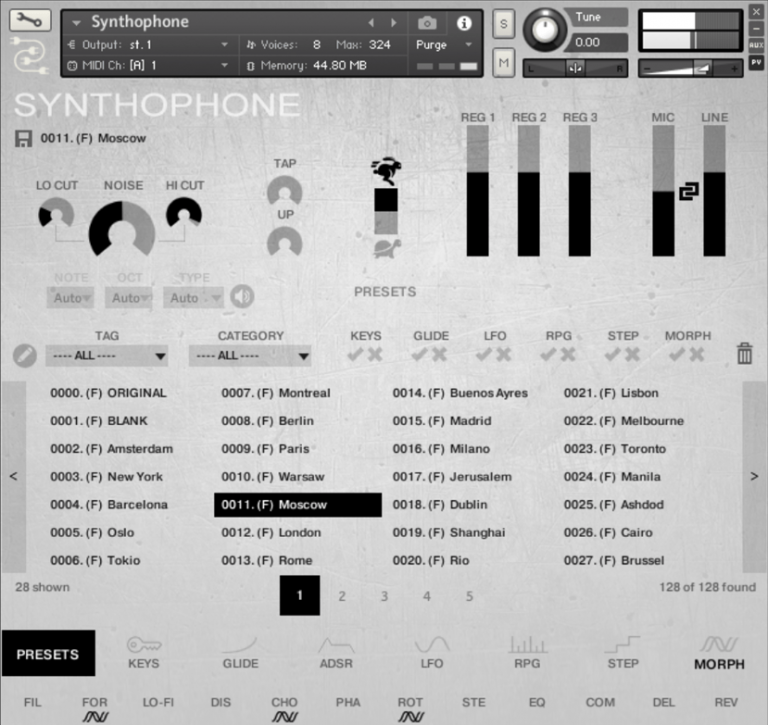
The Stylophone is a miniature analog stylus operated keyboard.
Our source for the Synthophone was made with an original Stylophone, The Stylophone was Invented in 1967 by Brian Jarvis,[1] it entered production in 1968, manufactured by Dubreq.
It consists of a metal keyboard played by touching it with a stylus—each note being connected to a voltage-controlled oscillator via a different-value resistor—thus closing a circuit.
The only other controls were a power switch and a vibrato control on the front panel beside the keyboard, and a tuning control on the rear.
Some three million Stylophones were sold, mostly as children’s toys.
The Stylophone was available in three variants: standard, bass, and treble, the standard one being by far the most common.
There was also a larger version called the 350S with more notes on the keyboard, various voices, a novel ‘wah-wah’ effect that was controlled by moving one’s hand over a photo-sensor, and two styluses.
In the mid-1970s a new model appeared which featured pseudo-wood on the speaker panel and a volume control.
This was shortly before the Stylophone ceased production altogether in 1975.
Each preset page holds up to 28 presets and the instrument can have up to 50 pages.
A preset is saved with its own user tag and category and while browsing, you can filter the preset list by selecting one or multiple filters.
Select one of the tags and/or categories to narrow your preset list.
You can also check the or buttons beneath the individual parameters (Keys, Glide, LFO, PRG, Step, Morph) to view presets that either feature or don’t feature that parameter.
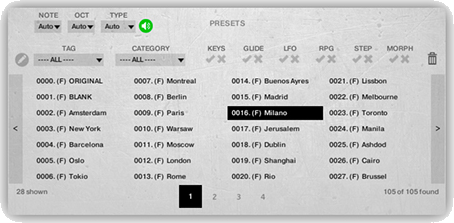
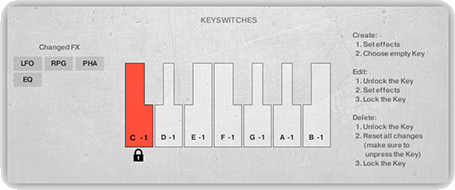
Synthophone Lets you save the state of all its parameters to seven keyswitches.
This flexible keyswitching system essentially lets you have seven completely different sounds in one preset that you can switch on the fly.
The LFO has 40 different shapes to choose from.
Click the Load Wave button to open the wave list.
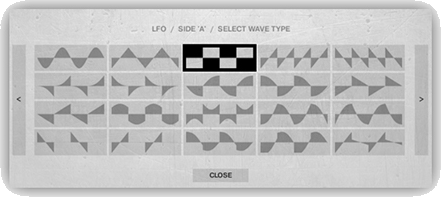
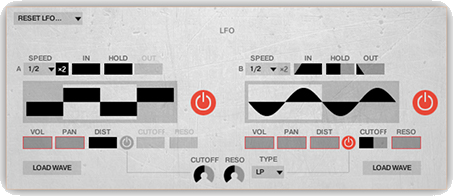
Synthophone features two independent step sequencers that much like the LFO section, let you modulate Volume, Pan, Distortion amount, Cuttoff, and Resonance.
However, as apposed to the LFO, it modulates them using steps.
The Effects Morpher lets you create movements in your sounds by controlling various parameters with an editable modulator shape.
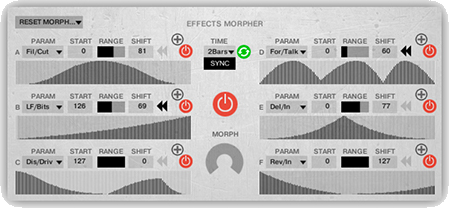
You must be logged in to post a review.
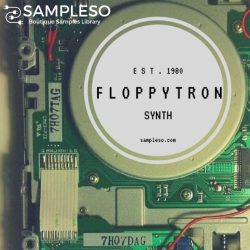
Yuji Tanaka (verified owner) –
Good
alain (verified owner) –
Great small library, many parameters easily tweakable, a must for the price!
Dane (verified owner) –
Plugin is great but the the Pulse downloader seals the deal, especially “on the fence” purchases….thanks
Anonymous (verified owner) –
Beatiful sounding, a verry good instrument.
Mark Fergel (verified owner) –
Sampleso has developed a great Kontakt engine/interface with Synthophone and Floppytron. These instruments shouldn’t be this fun and this useful when you think about what is being sampled. Somehow they’ve managed to take the simplest of sound sources and create these fantastic Kontakt instruments from them. Whether it be just textures, pads or melodies, there is so much variety available. The amount of modifications you can make to the sound is incredible as well. I really hope you use what you’ve created here and come out with more surprises like these two instruments.